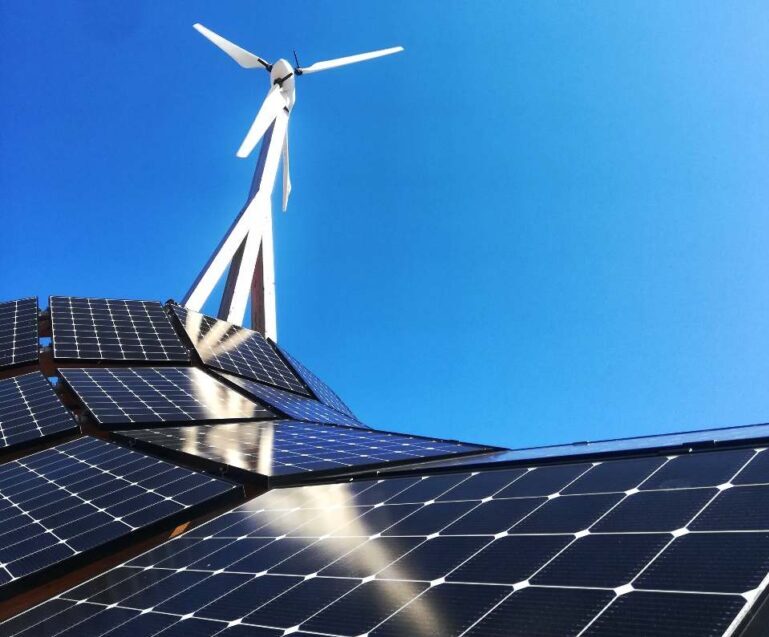A CRISIL report predicts significant government investment and a robust project pipeline driving clean energy growth in India.
The report predicts double-digit capital expenditure allocation for the renewable energy sector. Analysts expect renewable power capacity to reach 180 gigawatts (GW) by FY26.
Solar energy is expected to remain the dominant player in this growth, says CRISIL.
India’s renewable energy journey has seen steady progress, with a 35% jump to 97 GW in FY22 and 130 GW by the end of FY24. A healthy executable pipeline of 75 GW is expected to contribute 75% of the 50 GW capacity addition, while commercial and industrial (C&I) and rooftop solar installations may contribute the remaining 25%.
The report also highlights a surge in auctioned capacity, rising from 12 GW in FY23 to a significant 35 GW in FY24, reflecting a 2.5-fold increase. The findings from CRISIL’s study are likely to add fuel to the fire of anticipation surrounding the upcoming Union Budget 2024.
With ambitious renewable energy targets and a burgeoning pipeline of projects, the government is expected to unveil policies that will further propel India’s clean energy transition.

